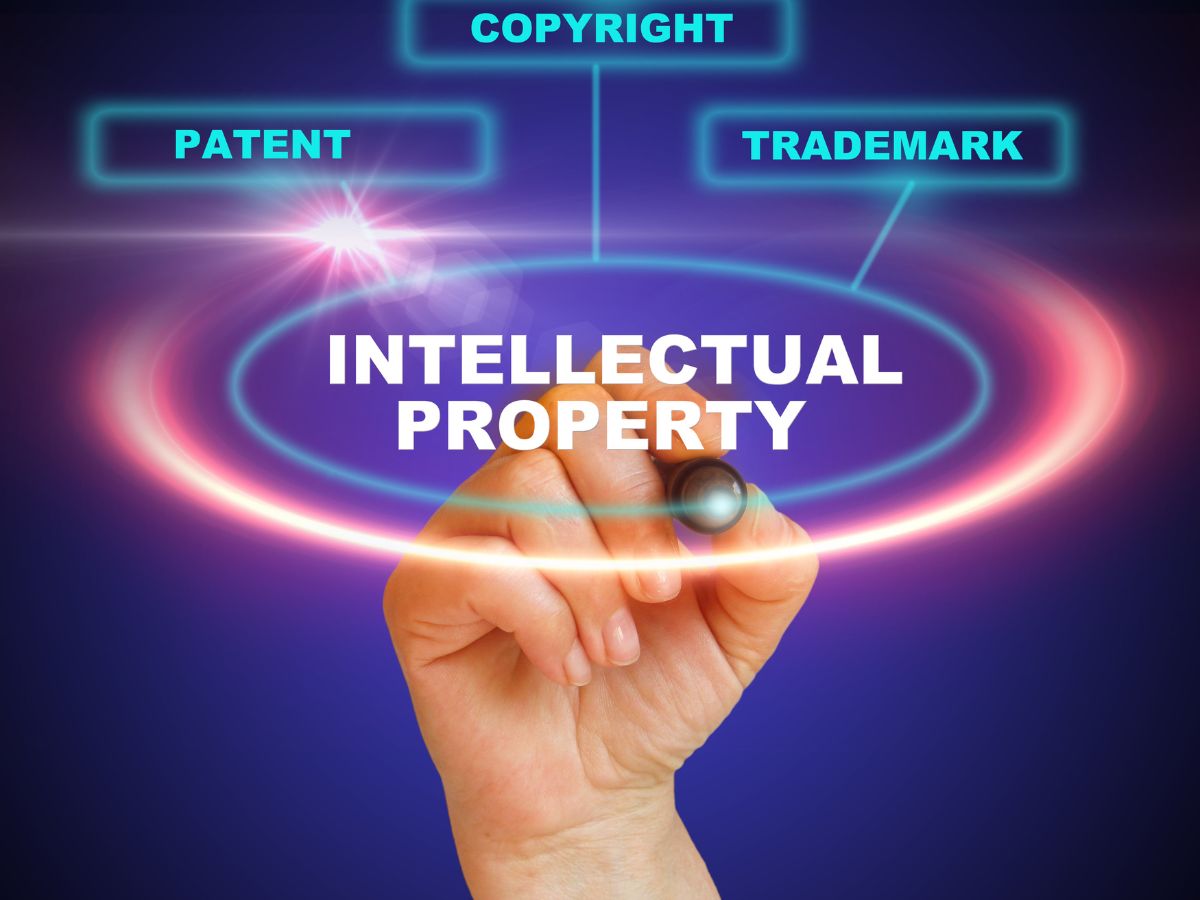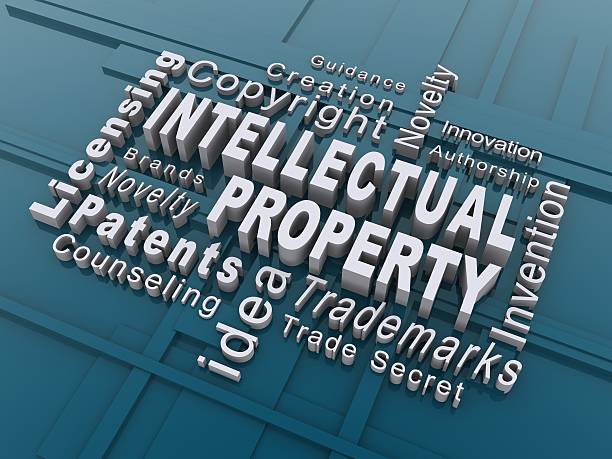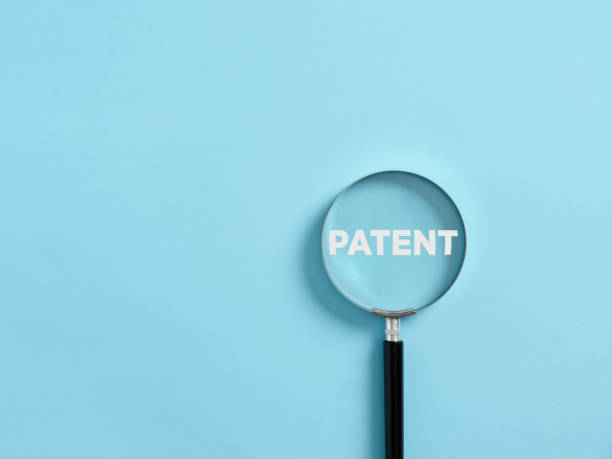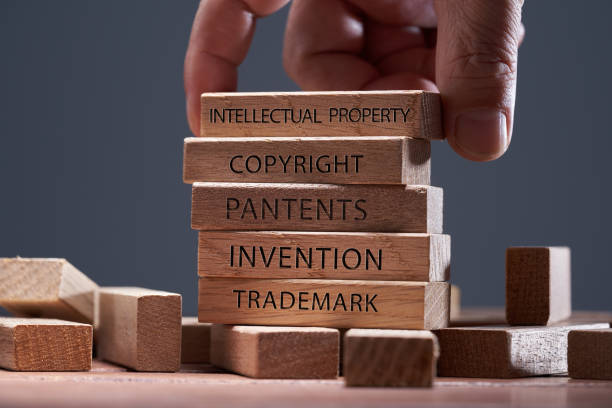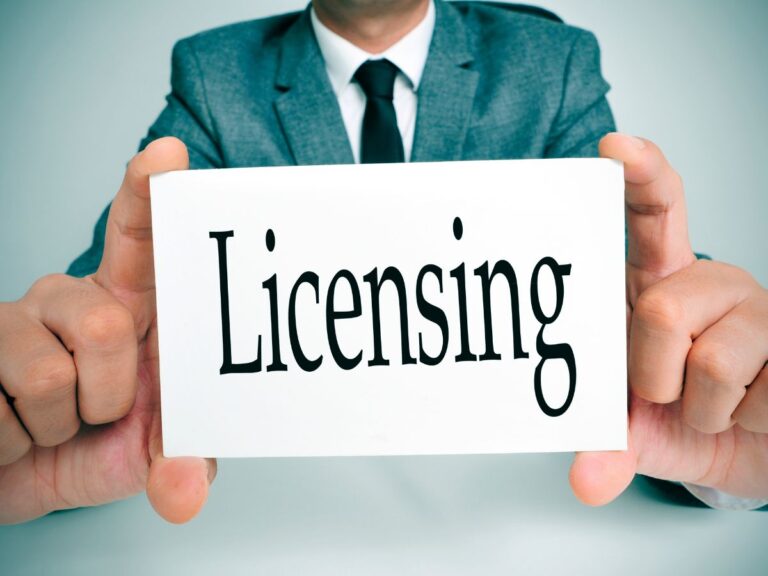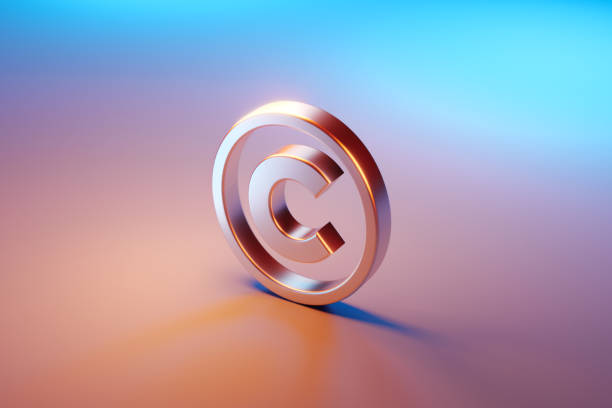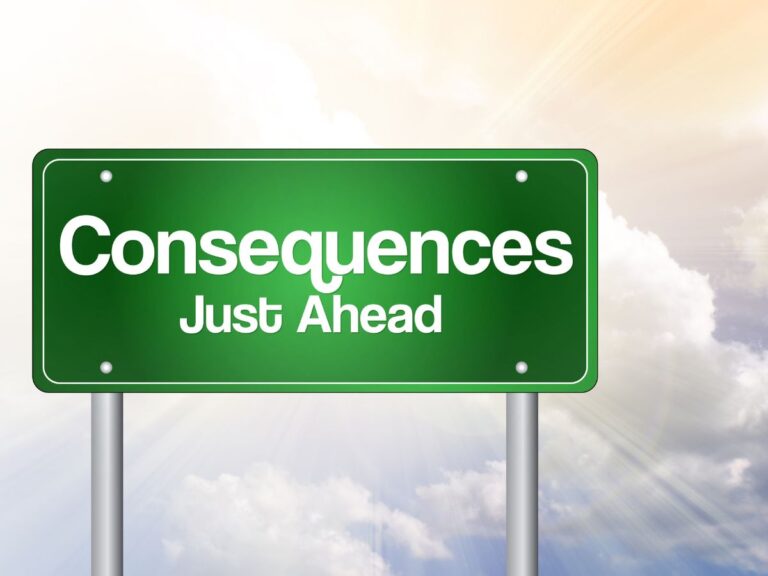Understand Trademark, Copyright, and Patent Differences.
When you’re an entrepreneur, it’s crucial to understand the differences between trademark, copyright, and patent protection. These three types of intellectual property (IP) differ in many ways, but they all have one thing in common: to protect your ideas from unauthorized use by others.
Table of Contents
Copyright
Copyright protection is a form of intellectual property and it protects the original works of authorship fixed in a tangible medium of expression. The term “original” means an author’s own creative efforts, whereas “works of authorship” generally refers to literary works such as novels, plays, songs, and poems. It also includes artistic works including graphics, movies, and artwork.
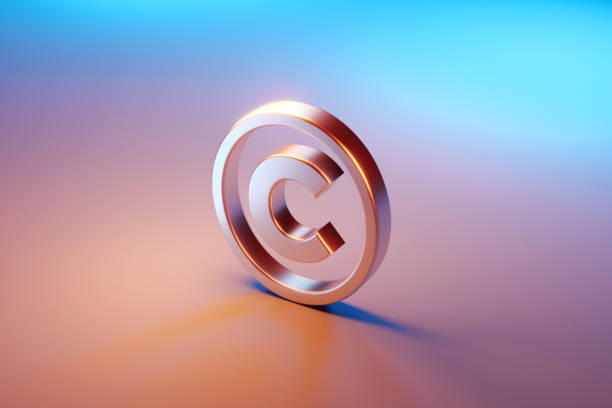
Copyright protection lasts for the life of the author plus an additional 70 years after they die. In order to qualify for copyright protection, the work must be fixed in a tangible medium by being written down or recorded on film or tape; however, many people use computer technology to create digital content that can also be protected under federal law as well.
Patent
Patent protection is a form of intellectual property protection. The primary objective of patents is to encourage innovation by giving inventors exclusive rights to their inventions for up to 20 years from the date on which they first file an application for a patent in their country.

Patents can be granted to individuals, companies, and universities alike—whether or not those people are related at all.
Trademark
Trademark protection is a method of protecting the identity of your brand or business. A trademark is a word, phrase, design, or symbol that identifies and distinguishes your products or services from those of others in the marketplace. Trademarks are used to protect against consumer confusion by ensuring that a specific company’s product can be distinguished from others on the market.

As an example, Apple computers have used trademarks such as “Mac” and “PowerBook” in their marketing efforts for decades but recently changed their computer line names from G3 to Power Mac and PowerBook to iMac and MacBook Pro respectively because they were no longer considered unique enough among other companies offering similar technologies at that point in time.
Conclusion
Now that you know the difference between a trademark and a copyright, you can protect your work. If you have questions about how to file for one of these protections, contact us today!


